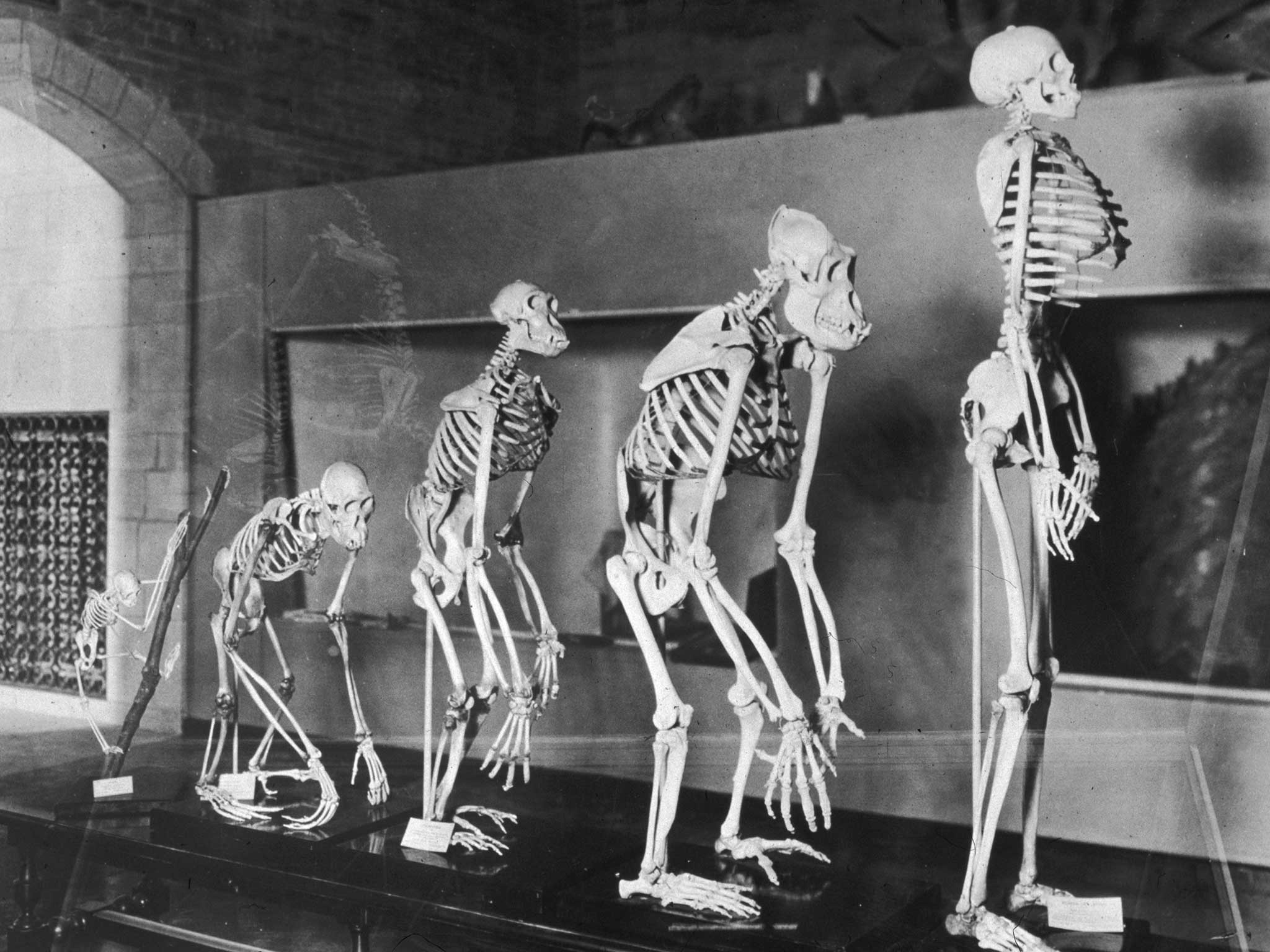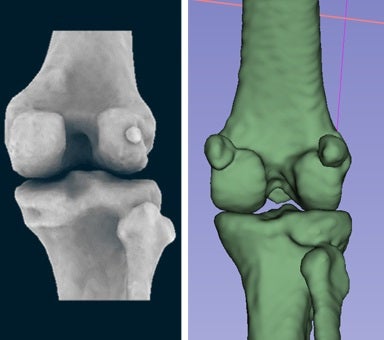Scientists reveal mysterious tiny bone that was key to human evolution
Scientists do not know why some people have the lateral fabella while others don’t

Your support helps us to tell the story
From reproductive rights to climate change to Big Tech, The Independent is on the ground when the story is developing. Whether it's investigating the financials of Elon Musk's pro-Trump PAC or producing our latest documentary, 'The A Word', which shines a light on the American women fighting for reproductive rights, we know how important it is to parse out the facts from the messaging.
At such a critical moment in US history, we need reporters on the ground. Your donation allows us to keep sending journalists to speak to both sides of the story.
The Independent is trusted by Americans across the entire political spectrum. And unlike many other quality news outlets, we choose not to lock Americans out of our reporting and analysis with paywalls. We believe quality journalism should be available to everyone, paid for by those who can afford it.
Your support makes all the difference.A tiny bone, the size of a sesame seed, often found in people with a common type of arthritis may have helped humans evolve from walking on all fours to standing upright.
Not much is known about the mysterious lateral fabella – a bone that is found in around 39% of the population but absent in others.
But it has been linked to conditions such as osteoarthritis, a degenerative disease in which the tissues in the joints break down over time and cause chronic pain.
Now researchers from King’s College London (KCL) have found that the small bone, which is buried in the tendon behind the knee, evolved in a unique way in early humans compared to primates such as lemurs, lorises, tarsiers and monkeys.
Dr Michael Berthaume, reader in engineering at KCL, believes this evolutionary change may have helped in the transition from knuckle walking to standing upright on two legs.
He said: “Our study shows that this often-misunderstood bone could have evolved in multiple ways in primates, with humans having a distinct form of evolution that began right at the start of all hominoids (a group which includes great apes such as chimpanzees, orangutans and bonobos as well as humans).
“Using this bone in a new way could have helped early humans, like Australopithecus, go from walking on all fours to walking upright.”

Despite decades of research, scientists do not know why some people have the lateral fabella while others don’t.
The bone is around three times as common today than it was a century ago, when just 11% of the world population had it, suggesting it is making a comeback in humans.
Dr Berthaume said this may be because “over the last 100 years, people are better nourished, and therefore are taller and weigh more, providing the mechanical stimulus for the bone to form.”
As part of the study published in the journal Proceedings of the Royal Society B, Dr Berthaume and his colleague Nelly A Fragoso Vargas, of London South Bank University’s Division of Mechanical Engineering, analysed the medical literature on knees involving 93 primate species.
As well as the lateral fabella, the duo also looked at two other bones embedded in the tendons in the knees, the cyamella and the medial fabella.
They discovered that primates with these bones were 50 times more likely to have ancestors who also had them.
The team also found the lateral fabella is missing from almost all great apes, with just two species of gibbons who have them.
Meanwhile, the medial and lateral fabella were found to almost always develop in pairs in primates, except in humans, who only have a lateral fabella.
Dr Berthaume said the findings point towards an evolutionary process known as exaptation, where a limb or an organ evolves in a particular context but over time takes on a new function.
He said more work needs to be done to understand the mechanics of the bone but “preliminary results are promising”.
Although people with osteoarthritis are twice as likely to have the lateral fabella, experts do not know the reason behind this.
Dr Berthaume said understanding more about this link “is an avenue we are interested in pursuing and we have some hypotheses we would like to test”.
Join our commenting forum
Join thought-provoking conversations, follow other Independent readers and see their replies
Comments